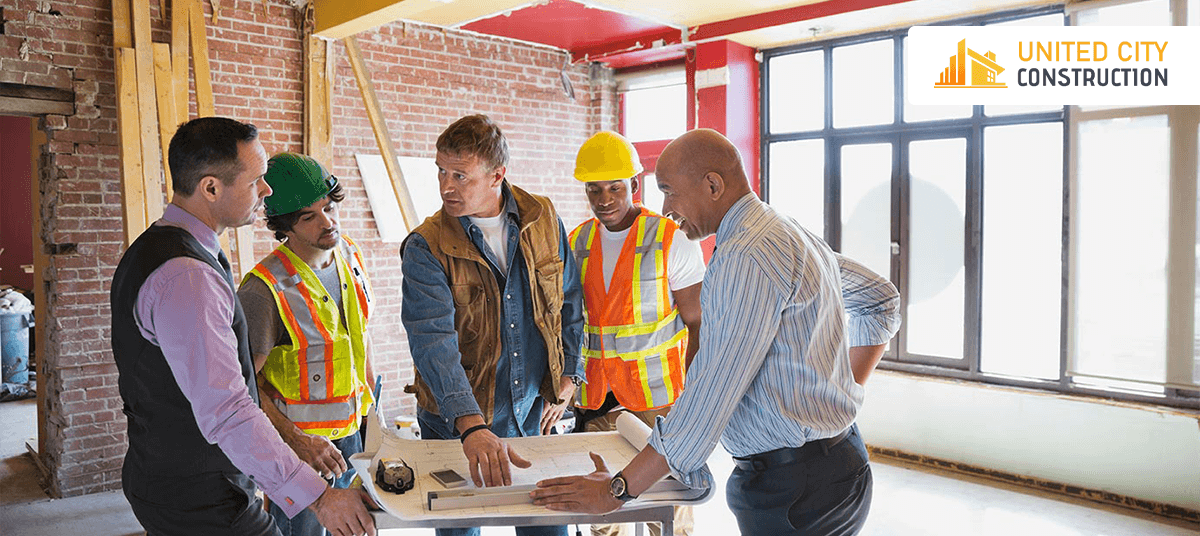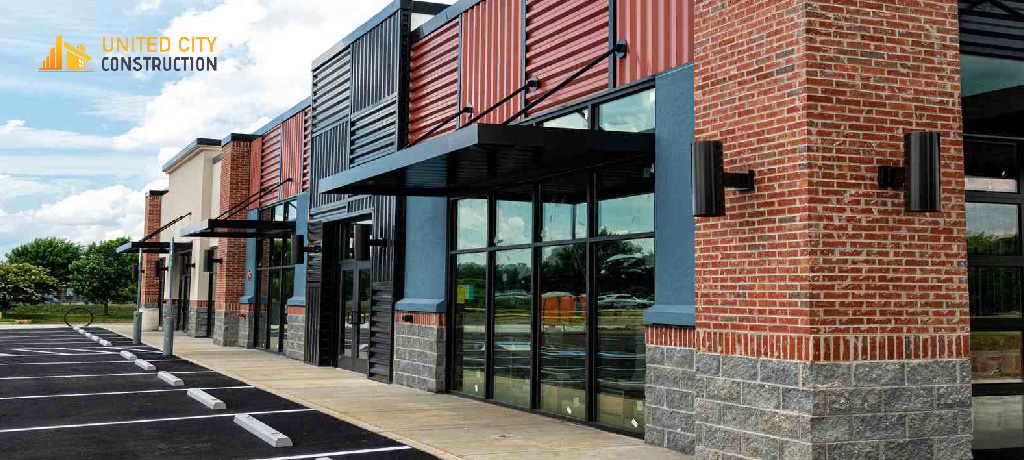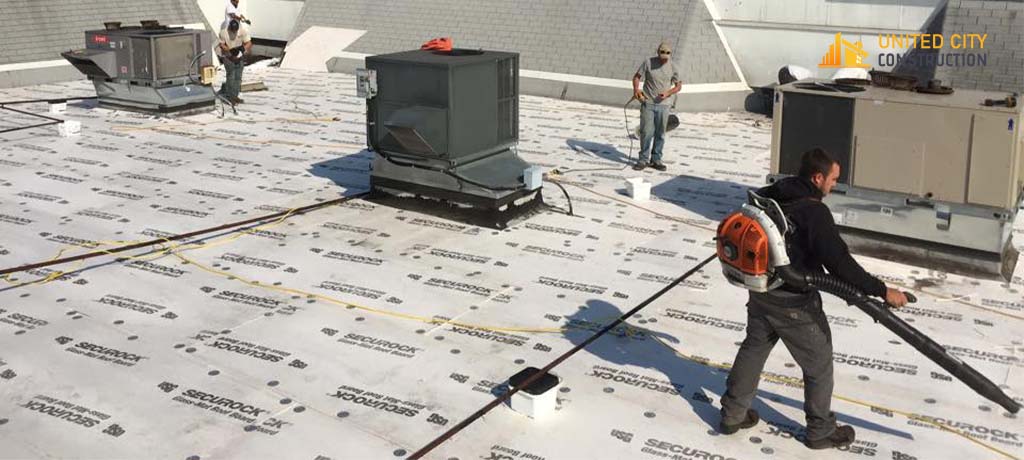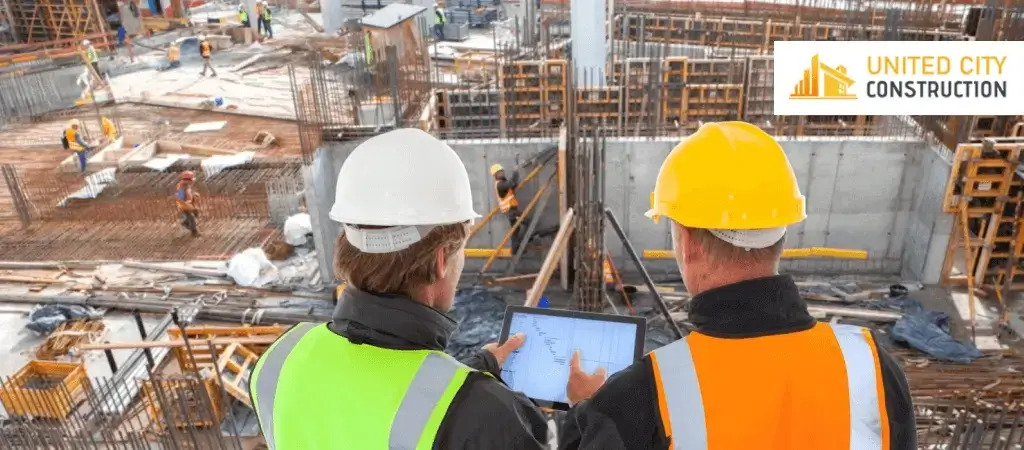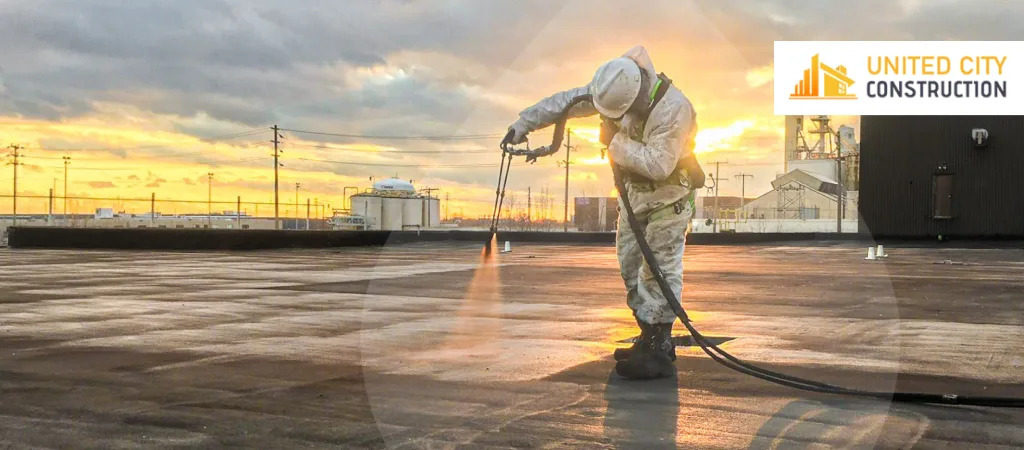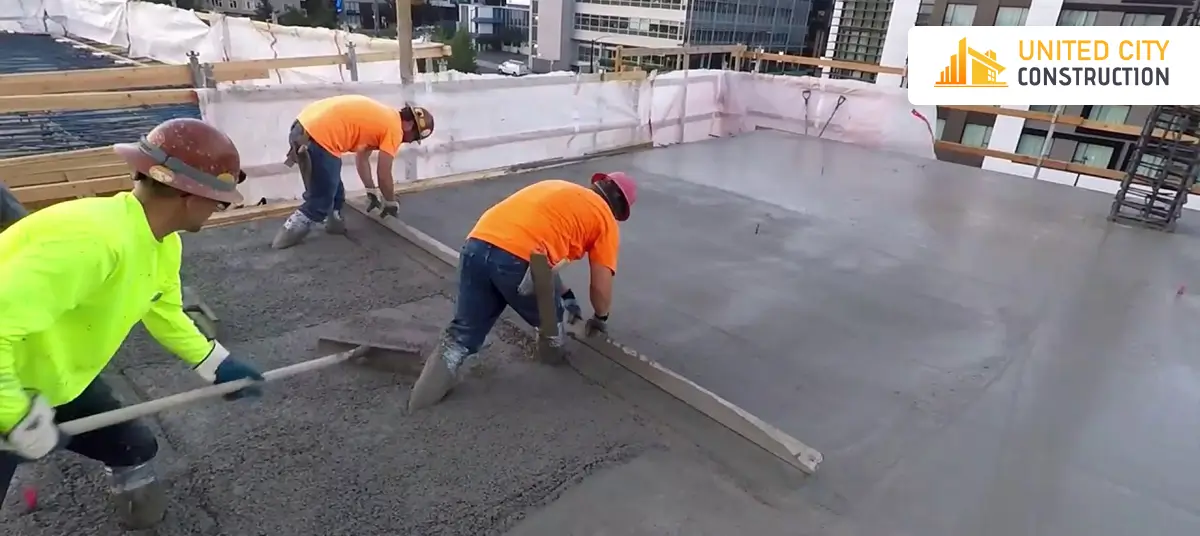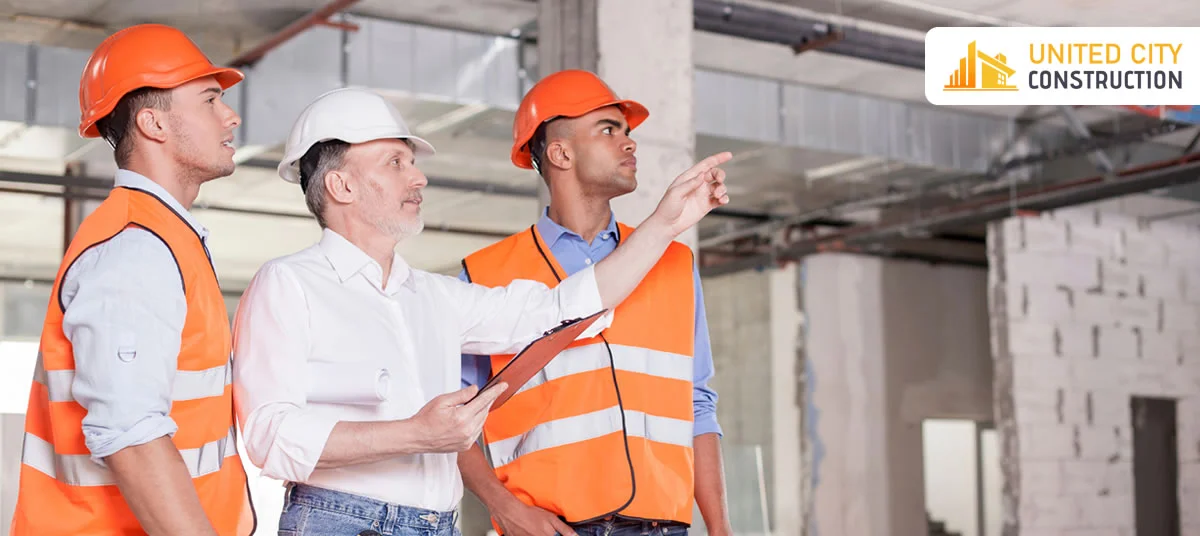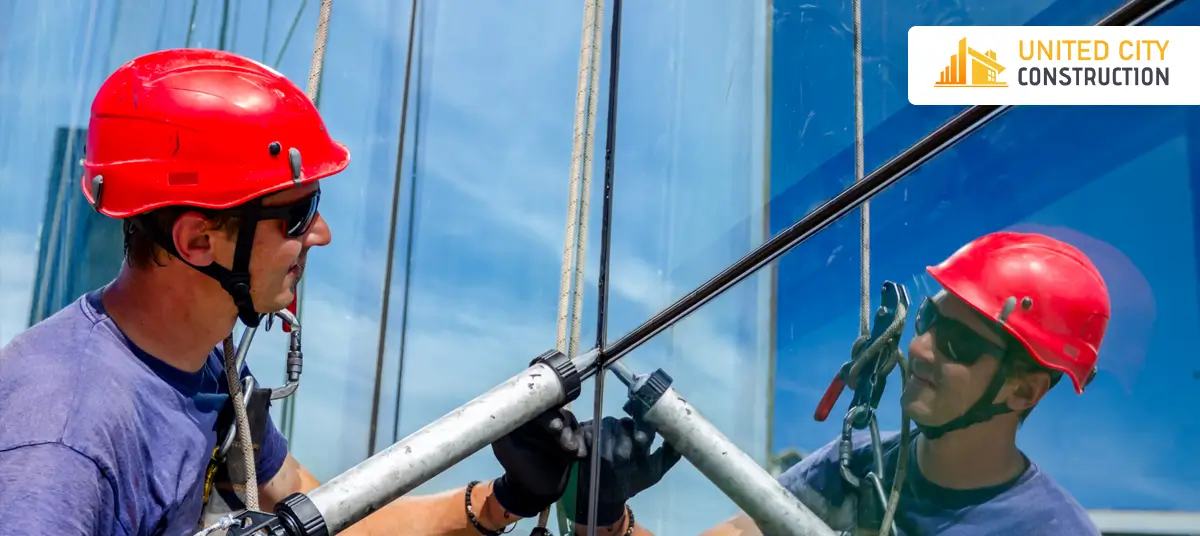Challenges in Commercial Construction in NYC
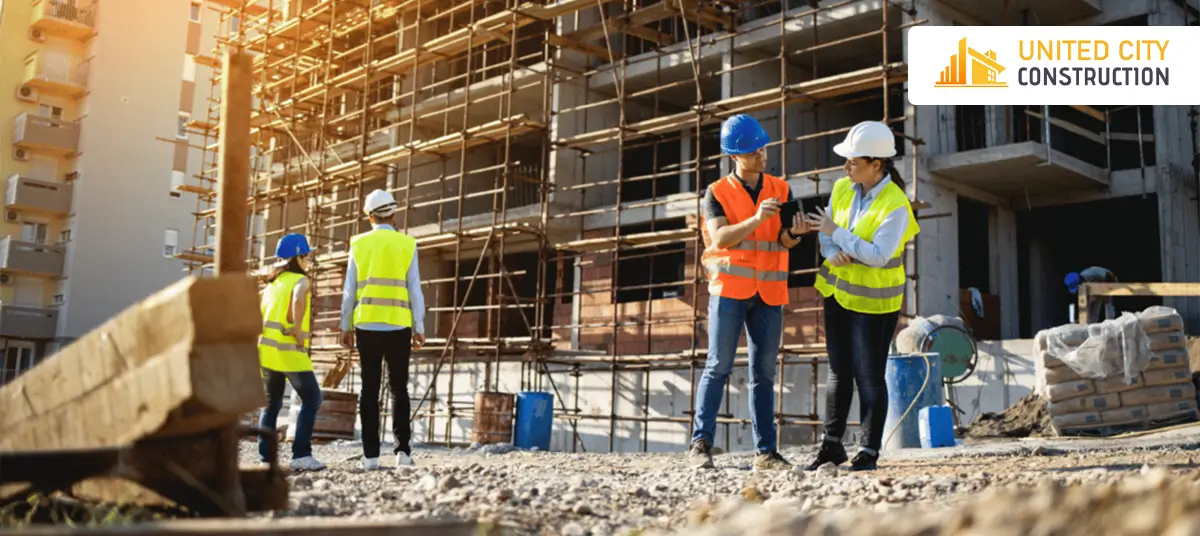
Commercial construction is a complex and ever-evolving industry. Commercial construction projects face numerous challenges that can affect the outcome of your structure. Only the best commercial building contractor can understand the hurdles of constructing a commercial building on time and within budget. New York City’s skyline is a testament to its growth, innovation, and durability. However, buildings in Queens come with a unique set of challenges that make commercial construction complex and expensive. With increased costs, strict regulations, and environmental demands, commercial contractors in NYC need specific knowledge and detailed planning. They should be able to adopt effective project management strategies and challenges that may arise specifically in your project. By identifying potential delays on time and implementing strategies to address them, your commercial contractor can minimize the impact on the project schedule, ensure timely completion, and provide the best result. Here are the primary challenges contractors and construction companies face in NYC’s dynamic environment.
Budget constraint
New York is among the most expensive cities in the world for construction and renovation. The cost associated with labor, materials, land, and property makes projects financially demanding. Commercial construction projects in Queens frequently have limited budgets, so there is no margin for mistakes. Sudden expenses often make linear financial planning and saving impossible. The cost of skilled labor in NY is the highest in the country due to prevailing salaries. These high costs can add considerable pressure on budgets. Construction costs are also affected by the regular fluctuations in material price. These issues are brought on by issues with the global supply chain. When necessary materials are delayed, work may be put on hold, which can increase labor costs and overall project expenses. The high cost of land and real estate in NYC often limits developers' flexibility in budget allocation. With so much invested in land funds for construction can be tight, so In this context, careful planning and routine cost control are the two most important components. Along with this, the value engineering approach could make use of cost-reduction measures, which would not lower the quality.
Stringent Regulatory and Zoning Requirements
New York City’s regulatory environment is extensive, with codes and ordinances designed to ensure safety, sustainability, and adherence to zoning requirements. Navigating this complex landscape needs an expert and determined contractor. Building permits and approvals from the NYC Department of Buildings is essential but it can be a lengthy and complex procedure. Each project has numerous building codes and standards, so lengthy review periods can delay projects and increase costs. These hard rules and regulations affect environmental sustainability. For instance, Local Law 97 requires buildings over a certain size to meet strict carbon emissions limits, a measure to reduce the city’s carbon footprint. These standards required additional planning, technology, and sometimes building reengineering to incorporate energy-efficient systems. New York’s zoning laws are among the most detailed in the world. Commercial Buildings in NY must conform to strict rules governing height, density, and usage, and these restrictions can limit a project’s potential. In some cases, commercial contractors must negotiate zoning variances or apply for special permits, which adds time and expense.
Urban infrastructure challenges
Commercial building Construction comes with significant challenges in New York City because of the dense population, Limited space, heavy traffic, and accessibility issues, which make it difficult to bring in staff, supplies, and machinery. Construction sites in NYC and other boroughs lack space for storage and staging, and contractors are forced to rely on just-in-time materials supply timetables. Space constraints badly affect the movement and operation of heavy machinery, so careful planning and scheduling are required to avoid delays. Sometimes, narrow streets and the constant flow of traffic make it challenging for construction vehicles to access sites easily. Commercial building Contractors must coordinate with the city and local authorities to manage traffic patterns, often leading to additional costs and work-hour restrictions. Construction and renovation in Queens create noise and dust that badly affect businesses and residents near constructed areas. Compliance with city ordinances related to noise pollution and air quality is essential but requires careful planning and specialized equipment, and certain activities may be restricted for certain hours.
Labor Shortages and Union Requirements
The construction industry has faced a skilled worker shortage for years. This shortage creates a significant challenge to completing projects on time and within budget. It might be difficult to find skilled labor, especially for specialized trades. An insufficient workforce can lead to delays at various stages of the construction process and increase costs as demand for specialized skills rises. Furthermore, hiring flexibility is restricted, and unionized labor may receive higher salaries due to the stringent union labor regulations for many commercial construction projects in Queens. In NYC, many large-scale projects require the use of union labor, which can add layers of complexity and cost. Unionized labor is more expensive due to negotiated salaries and benefits, and most of the time, unions need specific safety protocols that must be adhered to, adding another layer of oversight.
Environmental and Safety Challenges
The urban environment, large population, and New York’s susceptibility to extreme weather events bring particular environmental and safety challenges. Weather changes from hot to humid, summers to cold, and snowy to winter have a terrible impact on buildings. Commercial building Contractors must schedule the construction and renovation according to potential weather delays and materials needed to meet climate-specific durability and insulation standards. The height and density of buildings in NYC require stringent safety measures. Projects must follow comprehensive scaffolding, rigging, and safety inspection protocols to protect workers, often leading to additional costs and timeline extensions. The city imposes strict safety inspections, and any violations can result in fines and delays.
Stakeholder and Community Coordination
Commercial buildings in New York require navigating relationships with multiple stakeholders, from local community boards to neighboring property owners. Professional contractors in Queens should present plans to community boards, who review proposals and give recommendations. These boards can require changes to projects based on local interests and concerns that can cause construction delays. In a highly populated city such as NY, commercial construction projects have to consider nearby properties. Coordination with adjacent buildings and landlords is essential to avoid issues such as noise complaints, structural impact, or damage, and these issues need more planning and logistical efforts.
Technology Integration and Cybersecurity
Technology integration and cybersecurity bring more challenges to commercial construction projects. As New York City moves towards smarter, more connected buildings, integrating technology into commercial spaces has become essential. Commercial buildings must be equipped with energy management systems, automated controls, and enhanced security features. These technologies require advanced planning, investment, and ongoing maintenance. Buildings also bring cybersecurity risks as more systems become internet-connected. Protecting building infrastructure from cyber threats requires specialized planning and security measures.
Conclusion
Commercial construction in New York City is a challenging endeavor that demands expertise, financial commitment, and adaptability. The city's strict regulations, high costs, logistical constraints, and environmental demands create a complex environment that requires innovative solutions. However, the contractors who can navigate these challenges successfully and contribute to the ongoing growth and resilience of one of the world’s most iconic skylines, create spaces that are not only functional and beautiful but also sustainable and safe for the future.
As you can see, commercial construction in NYC is a complicated, challenging, and ultimately rewarding industry. If you’re interested in starting a new commercial construction project or commercial renovation or just curious about what we offer at United City Construction, contact us today. We’re here to help you sift through your options and come up with an affordable plan that delivers the results you’re looking for. We will do our best to become your Commercial Builder for Life.


